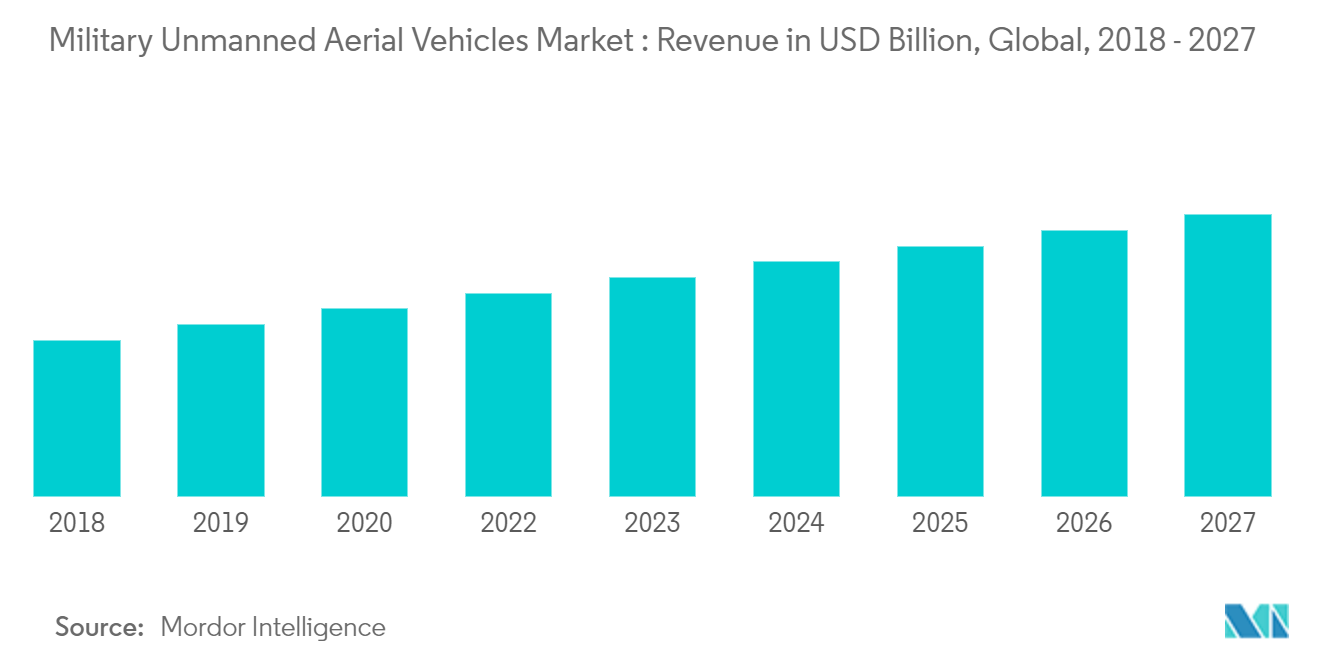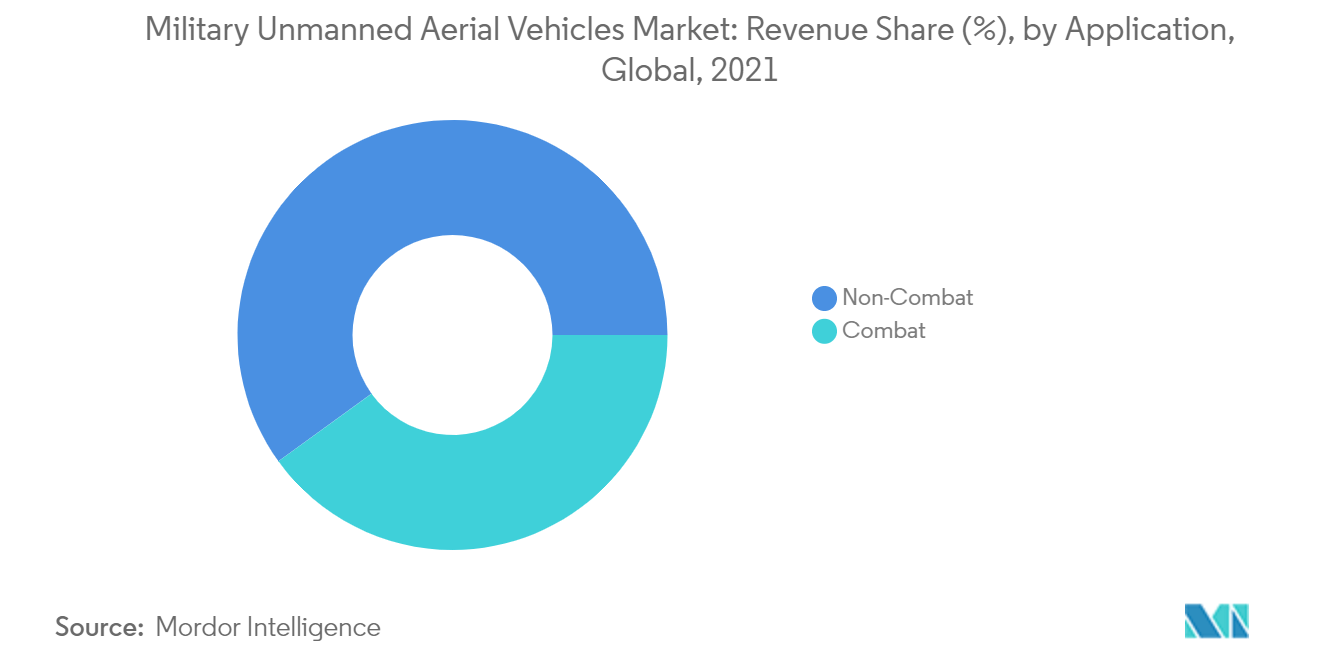Market Trends of Military Unmanned Aerial Vehicles Industry
This section covers the major market trends shaping the Military Unmanned Aerial Vehicles Market according to our research experts:
Growing Proliferation of UAVs for Various Military Applications
UAVs have become part and parcel of the military forces globally. In addition to combat missions, the ability of these UAVs to aid in ISR missions and tactical operations is driving their adoption rate. An increase in the demand for UAVs has brought about significant advancements in processor technology, which has enabled significant performance gains in intelligence, surveillance, and reconnaissance (ISR) systems. The improvements in capability have also helped to bring about a standardized system-level architecture, which helps to reduce cost and complexity in the manufacturing and operation of military UAVs.Small UAVs are expected to continue to be applied in various military operations due to their high convenience in reducing losses and enabling the execution of high-profile and time-sensitive missions. Large unmanned aerial vehicles, such as HALE and MALE, are mainly used by the military forces in combat operations, which require aerial vehicles to have a long range.
On the other hand, drone swarm technology has recently gained popularity in the military sector, with several countries developing the technologies. Drone swarms are multiple unmanned platforms deployed to accomplish a shared objective with the ability to autonomously alter their behavior based on communication with one another. Swarms of small drones may be used to overwhelm enemy air defenses during combat. Furthermore, real-time information collection makes drone swarms suitable for wide-area reconnaissance missions. The increasing use of UAVs in the military, driven by the growth in military spending and the advancements in UAV technologies, is likely to gradually increase their scope of operation, which is expected to drive the market studied in the future.

Combat Segment is Expected to Grow With the Highest CAGR During the Forecast Period
Combat drones have become key strategic enablers for the armed forces in various countries and are no longer regarded as an optional asset. With the development of a multitude of indigenous UCAV projects and the growing effectiveness of the low-cost armed drones on the battlefield, the market for unmanned combat aerial vehicles entered a new phase, in which possessing armed drone capabilities are becoming the norm. The main drivers behind this trend are the operational and strategic advantages brought about by UCAVs, where the benefits related to cost, reliability, and operational risk mitigation are matched by the increased ability to project power that the platform allows, either through deniability or by making UCAVs available to proxies and allies. The rising political and regional tensions and the need for increased aerial tactical strength fuel the demand for UCAVs. Several countries are now focusing on developing these drones indigenously. For instance, India is working on the development of the Ghatak, an autonomous stealthy unmanned combat air vehicle that is being developed by the Indian Defence Research and Development Organisation for the Indian Air Force. The first flight of the full-scale prototype is expected in 2025-2026. Likewise, Turkey has advanced rapidly over the past decade in military UAV technology and has added new UAVs to its inventory in recent years. In March 2021, the first flight of the third prototype of Bayraktar Akinci, a long-endurance unmanned combat aerial vehicle (UCAV) being developed by Turkish drone manufacturer Baykar Makina was completed and was expected to enter mass production during the forecast period. Such developments are expected to drive the segment's growth during the forecast period.


